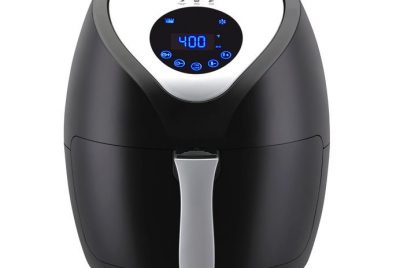On April 3, 1973, the first mobile phone was created. Since then, cell phone technology has…
Radiation Exposure in Medical Procedures – A Closer Look
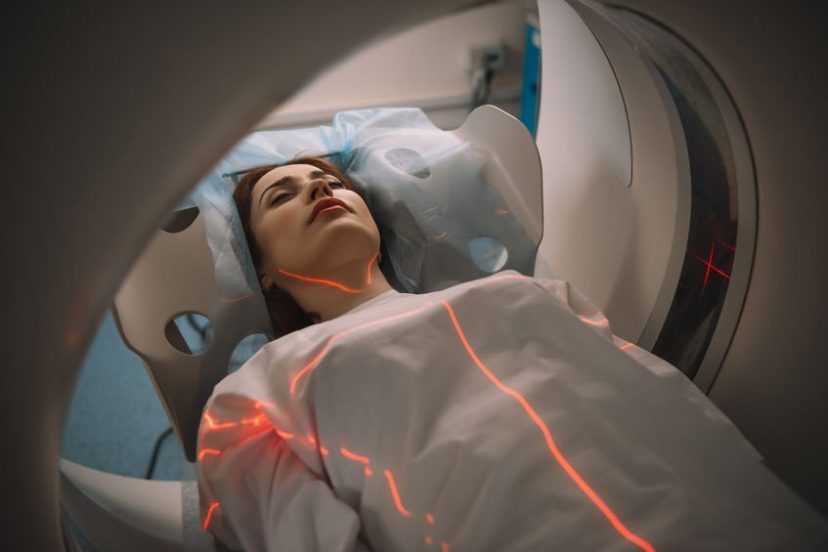
*We may earn a commission for purchases made using our links. Please see our disclosure to learn more.
In 2018, researchers estimated that approximately 2% of all future cancer diagnoses in the United States could be attributed to CT scans received during the year 2007. Indeed, a person receiving multiple medical imaging procedures over the course of a year can easily go beyond the limit of safe exposure.
So what medical procedures expose you to radiation? And what can you do to keep yourself safe if you do require one of them?
In this guide, we’re going to discuss different medical procedures and the amount of radiation a patient incurs when receiving treatment. We’ll also talk about supplements you can take before and after your procedure to help safeguard your body from negative health effects.
Non-ionizing vs ionizing radiation
Different medical procedures utilize different types of radiation. Before we dive into the types of medical procedures that produce radiation, it’s helpful to have an understanding of the difference between ionizing and non-ionizing radiation. We’ve written a detailed guide on this topic, so we will just briefly touch on it here.
Ionizing radiation contains enough energy to alter the physical structure of an atom and cause it to split. It can knock an electron out of orbit, creating free radicals and damaging DNA. Too much exposure to ionizing radiation has been tied to cancer. In smaller and more targeted amounts, it can also be used to treat cancer, which we’ll go over shortly.
Non-ionizing radiation, on the other hand, lacks the energy necessary to split an atom. For that reason, it’s generally regarded as less harmful than ionizing radiation. However, forms of non-ionizing radiation have been tied to the development of heart and brain tumors in mice, as well as certain cancers and reproductive issues in humans.
Radiation in medical procedures
While this is not a comprehensive list, some of the more common medical procedures that involve radiation exposure include:
- X-rays. X-ray machines take an internal image of a patient using ionizing radiation. Basically, x-rays are very thinly spaced rays. When they pass through the body, an image is created on a metal film. The image shows black areas where softer tissues are present — skin and internal organs, for example. The image shows white in areas where harder tissues are present — such as bones.
X-rays are used to diagnose issues including broken bones, dental cavities, pneumonia, and cancer. Oftentimes when you receive an x-ray, you are provided with a lead vest to wear over nearby body parts that are not being x-rayed. For example, a patient receiving a dental x-ray is generally given a lead vest to place over their chest and stomach. The lead prevents the x-rays from penetrating through.
- MRI. Magnetic Resonance Imaging (MRI) machines take an image of a patient’s insides using magnets. Not only does the machine contain powerful magnets, but the body itself has a magnetic field. When a patient is placed inside an MRI machine, the protons in their body align with the magnets inside the machine. Then, a radio wave is pulsed through the machine and the patient’s body. When the radio waves are turned off, the patient’s body then produces a signal that is used to create an image. Different frequencies of magnets are used to take images of different layers within the body. MRI machines are used to diagnose tumors, problems with the brain and spinal cord, and other health issues.
A person receiving an MRI scan is exposed to non-ionizing radiation. The magnetic field produced by the machine is a form of ELF-EMF radiation. And the radio waves that pulse through the patient’s body are RF-EMF radiation.
- CT Scan. Computed tomography (CT) scans use concentrated amounts of x-rays to take an image of a patient. The machine is essentially a circular hollow tube that the patient is rolled into. The tube itself houses an x-ray beam that can rotate around the patient, taking cross-sectional images. These images are called slices. Image slices from a CT scan can be used to diagnose cancer, pneumonia, internal bleeding, and to shed further light on abnormal x-ray results.
Because CT scans use x-ray technology, they produce ionizing radiation in the same way. However, they tend to produce a much higher concentration of radiation than a typical x-ray machine.
- Ultrasound. Ultrasounds pulse a high-frequency sound wave through your body using a probe. When the sound wave reaches an obstacle between tissues, it bounces back to the probe. The probe is hooked up to a computer, which then generates an image based on the information received by the probe. Ultrasounds are frequently used during pregnancy to monitor the growth and health of the baby. Additionally, they can be used to diagnose certain health issues such as gallbladder problems and Deep Vein Thrombosis (DVT). The waves produced by ultrasounds are a form of non-ionizing radiation.
- Fluoroscopy. Fluoroscopy is a medical procedure that involves shooting a concentrated x-ray beam through a patient’s body. The beam is picked up by a receiver on the other side of a patient, and an image is transmitted to a monitor. Sometimes, doctors will use x-ray dye to help illuminate certain parts of the body in the image. This type of test is most often used to diagnose problems with the bones, muscles, heart, joints, and bowels. Like other x-ray machines, fluoroscopy machines produce ionizing x-ray radiation. Because the beam is concentrated, this machine often produces radiation in higher amounts than x-rays alone.
- Mammogram. Mammograms are another type of medical procedure that makes use of x-rays. In this case, however, the dosage is much smaller than a traditional x-ray machine. Mammogram machines have two metal sheets that are used to compress the patient’s breasts, allowing the weak x-ray signal to pass through. An image is broadcast to a nearby monitor, allowing the technician and doctor to check for tumors. Mammograms are used to diagnose breast cancer.
- Nuclear medicine. Nuclear medicine is a sort of umbrella term that encompasses several different types of medicine, from PET scans to immunotherapy to HIDA scans that are used to diagnose gallstones. Even stress tests are a form of nuclear medicine. Nuclear medicine most often involves the use of radiopharmaceuticals, which are essentially pharmaceutical drugs that contain ionizing radioactive material. They can be used to destroy cancer cells, as well as to pinpoint medical problems such as thyroid and heart disease.
How much radiation is produced?
To get an idea of how much radiation is produced by different medical procedures, take a look at the following chart.
As you can see, a stress test exposes a patient to the highest amount of radiation. However, CT scans also produce a significant amount. Comparatively, the exposure from a dental or chest x-ray are minimal.
Supplements for protecting yourself
Many of the usual recommendations for protecting yourself from radiation don’t apply to medical procedures. You can’t, after all, wear an EMF protective hoodie containing metal into an MRI machine.
Enter supplements. Taking a daily supplement is a great way to protect yourself, both before and after your medical procedure. It’s worth noting that with most supplements, you’ll want to take them for a couple of weeks before and after. Taking it before is important because you need to let the amount in your system build up to therapeutic levels. Taking it afterward is equally important because the radiation is sometimes present in the body long after the test is complete.
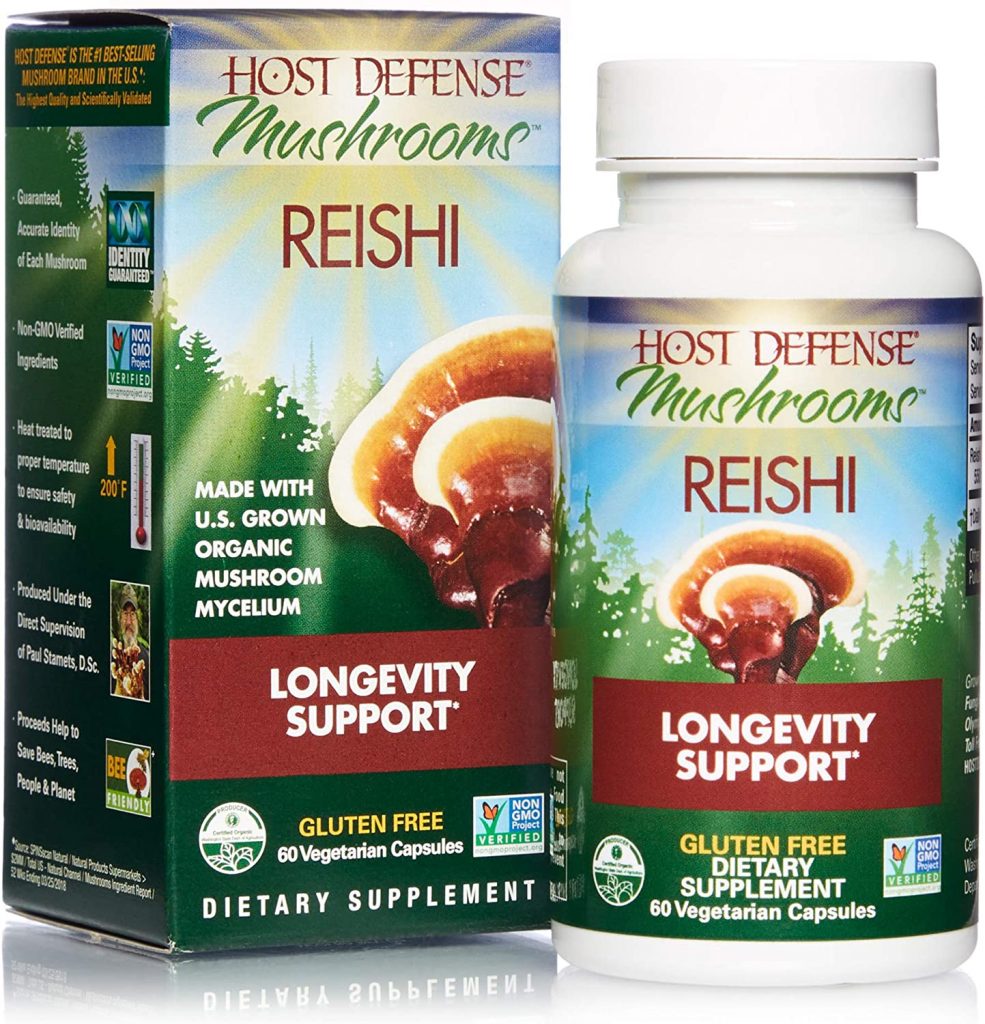
Made from dried Reishi mushrooms, Reishi supplements have a number of health effects that make them worth considering. Most relevant here, however, is Reishi’s cancer-fighting and radioprotective abilities. Reishi is often used by patients undergoing radiation therapy and chemotherapy as it helps increase their overall effectiveness. This superfood is known to decrease the size of tumors and stop the growth of cancer cells in animals. Reishi is most often taken as a supplement or tea because of its bitter taste.
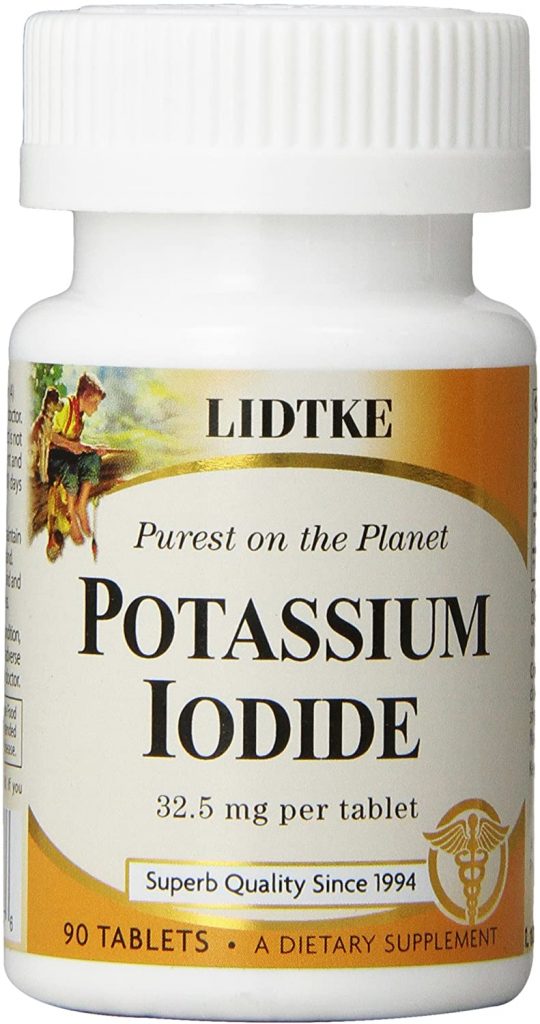
Made from non-radioactive iodide, potassium iodide (KI) helps protect the thyroid gland from ionizing radiation exposure. KI has been used after nuclear emergencies (think meltdowns at nuclear power plants) to help protect those who were exposed. While KI is used for other purposes such as treating asthma and bronchitis, it’s best known for its radioprotective abilities. In fact, it’s so commonly used that it’s likely your doctor will prescribe it for you if you’re undergoing a procedure that warrants its usage. Most often, it is recommended when receiving radiopharmaceuticals, and you will only need to take it prior to the test.

Another supplement widely known for its radioprotective abilities is ginseng. In addition to boosting the immune system and fighting the effects of aging, Ginseng has been shown to protect against damage to DNA from exposure to ionizing radiation. It also is an antioxidant, meaning it helps fight off free radicals. If you recall from earlier, free radicals are another byproduct of ionizing radiation exposure. While ginseng is especially helpful for those undergoing cancer radiation treatment, it may be beneficial for anyone facing a radioactive medical procedure.
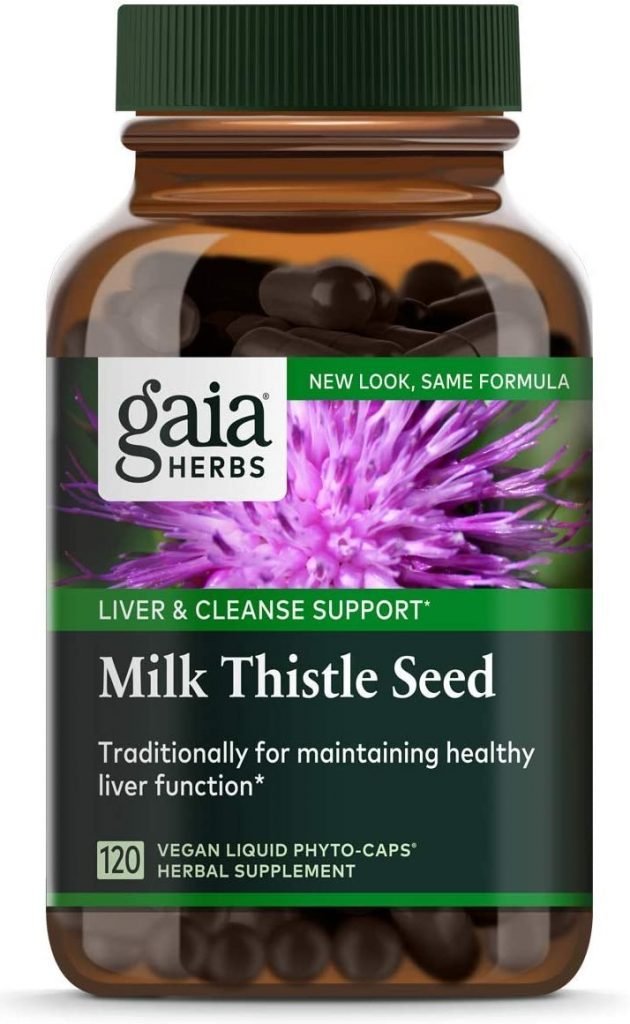
Milk thistle contains silibinin, a flavonolignan that doubles as a powerful antioxidant, helping fight free radicals. Silibinin has also been shown to help protect against damage from UV radiation, so it could potentially guard against skin cancer, as well. For those considering taking milk thistle, keep in mind that this supplement can cause stomach upset in larger doses. Start small and increase your dosage gradually for best results.
Final thoughts
For many, medical procedures are an unavoidable fact of life. Even the healthiest of people can break a bone and require an x-ray or CT scan. And while these procedures can be hugely beneficial, it’s worth knowing that there is a risk involved. Anytime you are exposed to radiation, ionizing or not, you are facing the potential of negative health effects.
Rather than avoid medical procedures, consider finding a supplement to take prior to your appointment. Supplements can help protect the body from the damaging effects of radiation, minimizing the risk of health problems.


